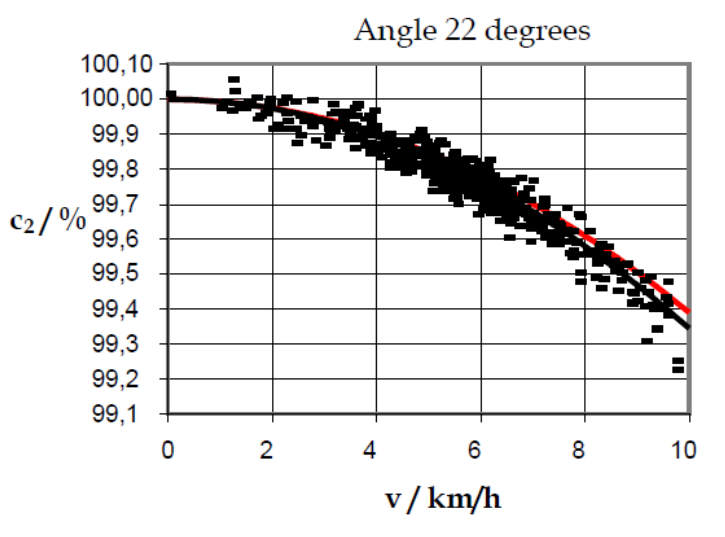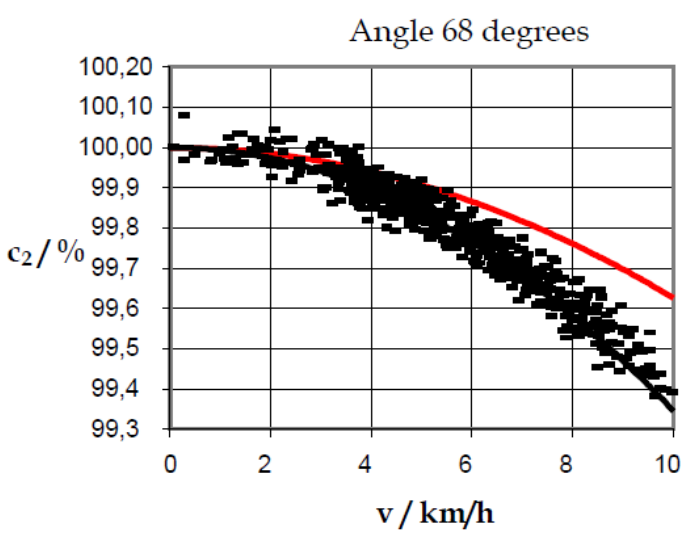Acoustic Michelson-Morley Experiment
The Acoustic Michelson-Morley experiment, also known as an acoustic round-trip experiment, is one more forbidden experiment in 20th-century physics. This experiment shows the deepest part of Michelson's delusion about signal propagation.
Einstein, failure, physics, delusion, explanation, z-theory
According to the scientific method, any a priori statement should be confirmed by a relevant experiment. Michelson's a priori speculations must also be checked against the experiment.
The optical experiment gave Michelson some a posteriori knowledge (knowledge that appeared after the experiment). That knowledge disproves his primary point of view. In other words,
Optical experiments immediately disproved Michelson’s a priori point of view with all his speculations and reasoning.
- Allan Zade
Despite that, Michelson insists that his point of view is correct and the experiment is wrong. According to the scientific method, he should conduct a similar experiment in another signal-medium combination to check his point of view. He never performed any such experiment. That experiment was conducted many decades later by a German researcher Norbert Feist.
Norbert Feist has done something that Michelson himself should do. Norbert conducted a Michelson-Morley experiment in the acoustic environment using the acoustic signal in the air. He had the following result.
An ultrasonic range finder was mounted on a horizontally rotatable rail at fixed distance, s, to a reflector on the top of a car. The change of the distance reading, s, determined the two-way velocity of sound as a function of the car’s velocity and direction. As a result of this experiment, the out and back velocity C2 was determined to be isotropic – as in the optical case of the Michelson-Morley experiment. Within the experimental error, the velocity was found to vary as C2 = (C2-V2)/C
The results confirm the hypothesis that the two-way velocity of sound is isotropic in a moving system – as in the case of the optical Michelson-Morley Experiment (MME).
According to the experiment, he has the following figures for various orientations of the measuring device. Figures show two casually taken cases. All other cases show similar results.

Fig. 1. A round-trip duration deviation by varying instrument-to-medium relative motion (22 degrees)

Fig. 2. A round-trip duration deviation by varying instrument-to-medium relative motion (68 degrees)
Physical tests confirm that the duration of signal propagation in any round-trip experiment in case of uniform, straight motion of the observer (or the inertial motion) in any medium remains constant regardless of the orientation of the measuring instrument and signal-medium combination.
- Allan Zade
Therefore, on the one hand, optical and acoustic tests destroy all speculations of Michelson. On the other hand, they confirm the explanations given above by Z-Theory for any signal-medium combination.
Moreover, those acoustic experiments are reproducible in any lab and in any air tube, for example. Therefore, you can conduct them yourself “to kill all Michelson’s delusions in your mind.”

